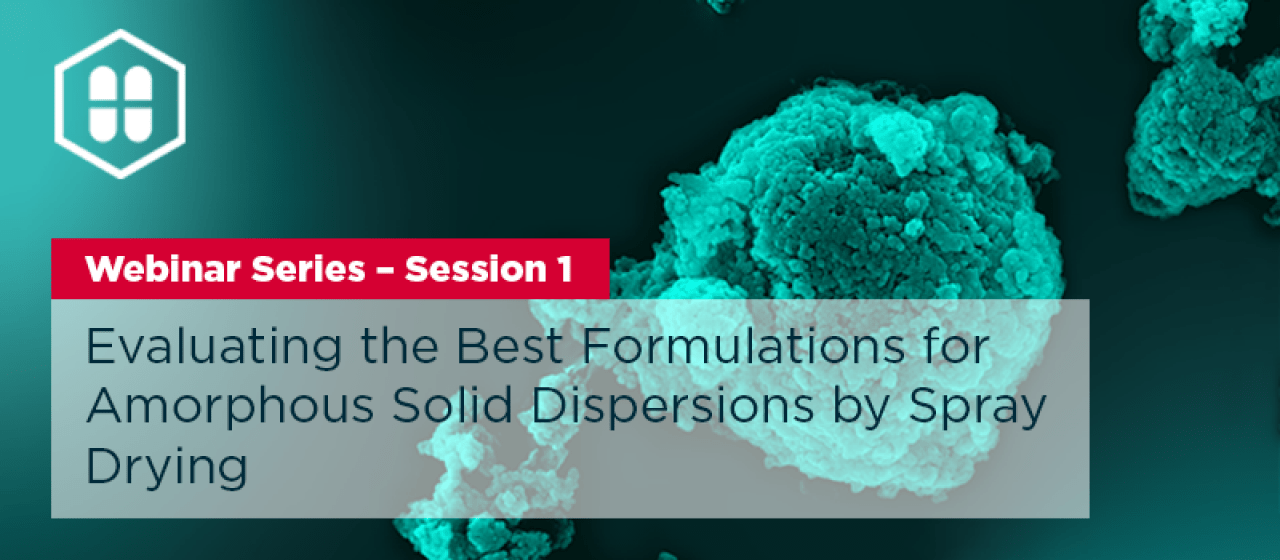Press Room
Webinar: Evaluating the Best Formulations for Amorphous Solid Dispersions by Spray Drying

This is the first session of a three-part webinar series on Amorphous Solid Dispersions by Spray Drying: From Early Formulation to Commercial Lifecycle Management.
Watch On-demand.
Gated content. Registration is required.
Learn more about this webinar series here.
| Featured Hovione experts in this webinar | ||
|---|---|---|
 |
 |
 |
| Alexandre Ribeiro, Ph.D. Senior Analytical Scientist R&D, Analytical Development |
Inês Ramos, Ph.D. Scientist R&D Oral Drug Product - Formulation Group |
Pedro Monteiro, M.Sc. Scientist R&D Oral Drug Product - Formulation Group |
Alexandre Ribeiro, Inês Ramos, and Pedro Monteiro kick-off the series by focusing on the role of amorphous solid dispersions in modern oral drugs and how the right formulation for a drug candidate can be selected using Hovione’s proprietary screening methodology. This method is performed via an automated high-throughput system that was developed over many years of experience with formulation of ASDs. The speakers will provide an understanding of the methodology, the evaluation process, and the studies typically utilized, as well as key information needed to make a formal assessment of the best candidates.
Your Key Learning Objectives
- Understand the increasing importance of amorphous solid dispersions in oral drug delivery of new chemical entities
- Get an overview of Hovione’s methodology to screen the best formulations in amorphous solid dispersions for a given API candidate
- Learn about the formulation criteria based on stability, performance, and manufacturability data
Who Should Attend
This webinar is suitable for anyone working in formulation of oral drugs, procurement, and outsourcing teams or as a project manager, who is interested in understanding the whole assessment process and their role in it.
Watch On-demand.
Gated content. Registration is required.
Do you have a challenging project needing differentiating technologies and an innovative approach?
Get in touch today

